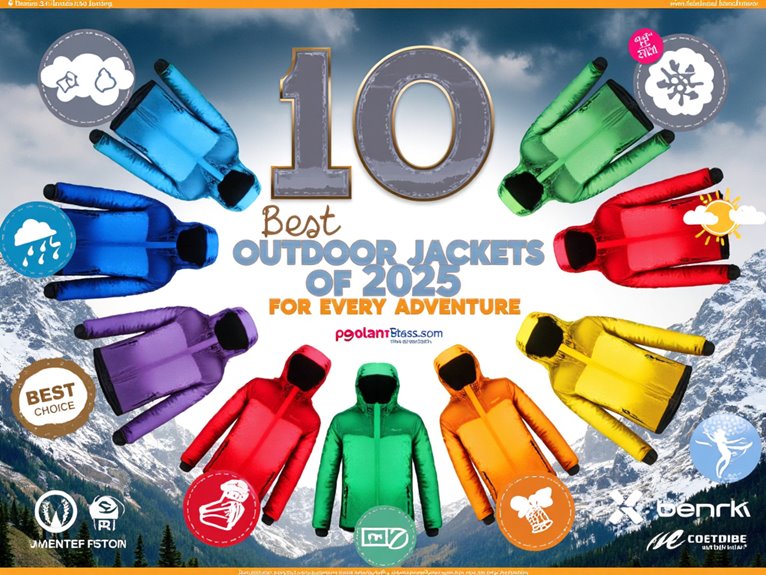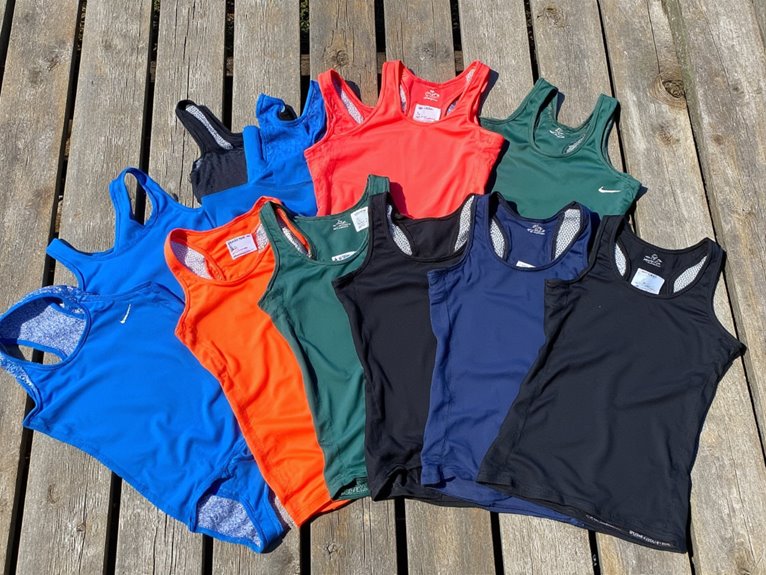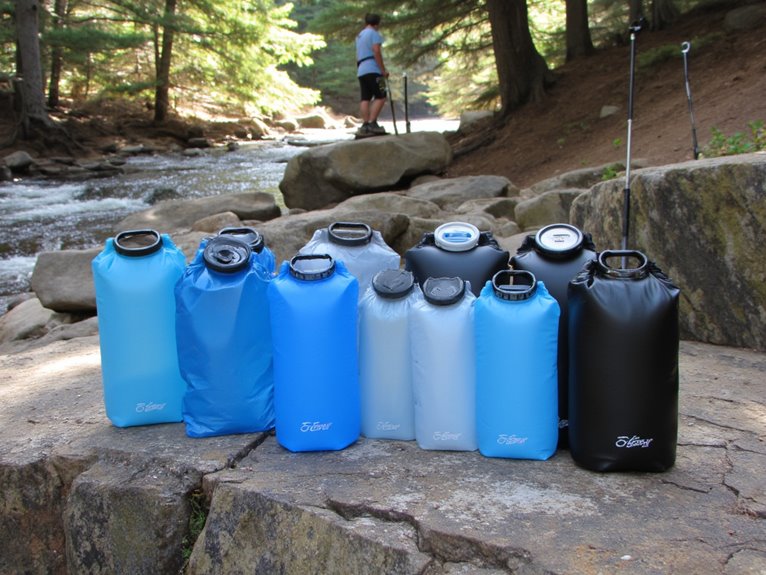Can You Wear Trail Running Shoes on Grass?
Trail running shoes can be worn on grass, but their aggressive tread patterns and rugged features may not be the best fit for this terrain. Grass surfaces require a nuanced approach to grip and stability, and the lugs on trail running shoes may not provide the smooth, consistent ride needed for peak performance. Wearing trail running shoes on grass can also lead to accelerated sole abrasion, midsole compression, and upper material wear, reducing the overall durability of the shoe. To maximize performance and prolong shoe lifespan, it's essential to understand the unique demands of grass running – and the best approaches to tackling this terrain.
We are supported by our audience. When you purchase through links on our site, we may earn an affiliate commission, at no extra cost for you. Learn more. Last update on 31st December 2025 / Images from Amazon Product Advertising API.
Key Features of Trail Running Shoes
Trail running shoes are designed with distinctive features that set them apart from traditional running shoes, including aggressive tread patterns, breathable mesh panels, and protective materials that shield the foot from rugged terrain.
These features enable runners to tackle challenging off-road routes with confidence.
The aggressive tread patterns provide exceptional grip on uneven surfaces, while breathable mesh panels promote a cool, dry foot environment.
Protective materials, such as toe caps and heel counters, safeguard the foot from rough terrain and potential hazards.
Additionally, trail running shoes often feature a more substantial midsole and outsole than traditional running shoes, providing extra cushioning and support for runners tackling rough trails.
These specialized features make trail running shoes ideal for tackling demanding off-road routes.
Grass Surfaces and Traction Needs
When running on grass surfaces, the traction needs of a shoe are substantially different from those required for trail running, as the soft, uneven terrain demands a more nuanced approach to grip and stability.
Grass surfaces often feature varying levels of moisture, density, and unevenness, making it essential for a shoe to adapt to these changes.
A trail running shoe's aggressive tread pattern, designed for gripping rocky and root-covered trails, may not be as effective on grass.
Instead, a shoe that can provide a smooth, consistent ride and adapt to the soft, shifting terrain is more suitable.
The lugs on a trail running shoe may not be as effective on grass, and a shoe with a more subtle tread pattern may be a better fit.
Impact on Shoes' Durability
When worn on grass, trail running shoes are subjected to unique stresses that can affect their durability.
The abrasive nature of grass can accelerate sole abrasion, while the soft and uneven terrain can lead to midsole compression, potentially altering the shoe's cushioning and support.
In addition, the upper material's exposure to moisture and friction can cause premature wear, all of which can notably impact the overall lifespan of the shoe.
Sole Abrasion Rate
As grassy terrain subjects shoes to increased friction, the sole abrasion rate substantially accelerates, thereby reducing the overall durability of trail running shoes.
The constant interaction between the shoe's outsole and the grassy surface leads to excessive wear and tear, causing the sole to degrade at an alarming rate.
This rapid abrasion not only affects the shoe's overall performance but also compromises its structural integrity.
As a result, the shoe's lifespan is substantially shortened, necessitating more frequent replacements.
To mitigate this effect, runners can consider using trail running shoes with more durable outsoles or incorporating regular cleaning and maintenance routines to extend the shoe's lifespan.
Midsole Compression Risk
Grass's soft and uneven surface poses a significant threat to the midsole's structural integrity, putting it at risk of compression, which can irreparably compromise the shoe's overall durability.
The midsole, designed to provide cushioning and support, can become compacted and deformed when subjected to repeated impact on grass.
This compression can lead to a loss of shoe responsiveness, affecting the runner's performance and comfort.
Additionally, a compressed midsole can also cause the shoe to lose its ability to absorb shock, increasing the risk of injuries.
In light of this, evaluating the midsole's vulnerability to compression is crucial when deciding whether to wear trail running shoes on grass.
Furthermore, bearing in mind this vulnerability is vital when making such a decision.
Upper Material Wear
How susceptible are trail running shoes' upper materials to excessive wear when used on grass, and what implications does this have on the overall durability of the shoes? The answer lies in the materials used in the upper construction.
Grass can be unforgiving, causing excessive friction and abrasion on the upper materials. This can lead to premature wear, particularly on the toe cap, heel counter, and midfoot sections.
Three key factors are crucial in this context:
- Breathability: Mesh panels can become clogged with grass debris, reducing breathability and increasing moisture buildup.
- Abrasion resistance: Weaving patterns and material choices can affect the upper's ability to withstand grass-related wear.
- Water resistance: Grass can accelerate water ingress, compromising the shoes' water-resistant treatments and membranes.
Understanding these factors can help you make informed decisions about wearing trail running shoes on grass.
Performance on Different Grass Types
Different grass types can substantially impact the performance of trail running shoes, with varying levels of moisture, density, and blade structure affecting the shoe's grip, traction, and overall responsiveness.
For instance, shoes may perform exceptionally well on dense, dry grass, providing excellent grip and propulsion.
Conversely, shoes may struggle on wet, long grass, where moisture and blade flexibility reduce traction.
Bermuda grass, with its dense, fine blades, can offer a smooth ride, while tall, thick grass may cause shoes to bog down.
Understanding how different grass types interact with trail running shoes can help runners optimize their performance and choose the right shoe for their specific terrain.
Grass Length and Its Effects
When trail running on grass, the length of the grass can substantially impact performance.
Short grass allows for ideal speed and agility, while medium-cut grass introduces a degree of resistance that can affect pace and stride.
However, it is the long grass that presents the most substantial challenges, requiring adaptations in footwork and technique to maintain stability and momentum.
Short Grass Performance
On grass surfaces with lengths of up to 1.5 inches, trail running shoes exhibit exceptional grip and traction, allowing for swift and agile movements. The shorter grass length enables the shoes' aggressive tread patterns to dig deep into the ground, providing stability and responsiveness. This makes short grass an ideal surface for trail running shoes to shine.
Enhanced agility: The combination of the shoe's design and the short grass length allows for quick changes of direction and rapid acceleration.
Improved traction: The aggressive tread patterns on trail running shoes grip the short grass firmly, reducing the risk of slipping or falling.
Increased speed: The responsive nature of trail running shoes on short grass enables runners to maintain high speeds with confidence.
Medium Cut Impact
As the grass length increases to a medium cut, typically between 1.5 and 3 inches, the performance of trail running shoes begins to shift, with the shoes' aggressive tread patterns facing a new set of challenges.
The medium cut grass reduces the shoes' grip, as the blades of grass wrap around the lugs, reducing traction.
This results in a slight increase in stopping distance and a decrease in overall responsiveness. Runners may notice a slight loss of pace and agility, especially when changing direction quickly.
However, the shoes' cushioning and midsole support remain effective, providing adequate comfort and support during the run.
Despite the challenges, trail running shoes can still perform reasonably well on medium-cut grass, making them a suitable choice for casual running or jogging.
Long Grass Challenges
Tall blades of grass, exceeding 3 inches in length, pose a significant obstacle for trail running shoes, severely compromising their traction, agility, and overall performance.
Long grass can wrap around the shoe, causing instability and increasing the risk of ankle rolls. In addition, the added resistance can lead to fatigue and decreased speed.
Reduced traction: Long blades of grass can reduce the shoe's grip on the ground, increasing the risk of slipping and falling.
Increased energy expenditure: Running through long grass requires more energy, as the shoes need to push through the dense vegetation.
Increased risk of ankle injuries: The added instability and rolling resistance can put additional stress on the ankles, increasing the risk of injuries.
How to Choose the Right Shoes
Your ideal trail running shoe should provide a balance of comfort, support, and traction, with features that cater to your personal running style and the specific demands of grass terrain.
When selecting a shoe, consider the grass type, your running frequency, and personal preferences.
Look for shoes with aggressive tread patterns and lugs that can grip soft or slippery grass. A breathable and water-resistant upper will help keep your feet dry and comfortable.
Additionally, choose a shoe with sufficient cushioning to absorb the impact of running on uneven terrain.
Ultimately, the right shoe will provide a comfortable and confident running experience on grass.
Can Road Running Shoes Be Used?
When considering the use of road running shoes on grass, a crucial aspect to evaluate is their performance with regard to speed and agility.
A critical aspect of this assessment is the traction and grip provided by the shoe's outsole, as it directly impacts the runner's stability and control.
Road Shoe Performance
One key factor for runners who plan to wear trail running shoes on grass is whether road running shoes can provide a suitable alternative. While road running shoes are designed for pavement and hard surfaces, they can still be worn on grass. However, their performance may vary depending on the specific conditions.
Three key aspects to weigh when using road running shoes on grass are:
- Cushioning: Road shoes often have less aggressive tread patterns and more cushioning, which can make them comfortable on grass.
- Weight: Road shoes tend to be lighter, which can improve running efficiency on grass.
- Stability: Road shoes may not provide the same level of stability as trail shoes on uneven grassy terrain, which can affect running form and performance.
While road shoes can be used on grass, they may not offer the same level of performance as trail shoes designed specifically for off-road running.
Traction and Grip
Road running shoes can struggle to provide adequate traction and grip on grass, which is a key consideration for runners who plan to wear trail running shoes on grass.
The outsole of road shoes is typically designed for pavement and lacks the aggressive tread pattern and lugs needed to grip soft, uneven terrain like grass. This can lead to slipping and sliding, which can be hazardous and affect running performance.
In contrast, trail running shoes are equipped with more aggressive tread patterns and deeper lugs, providing better grip and traction on grass.
This makes them a better choice for running on grassy surfaces. By choosing the right shoe for the terrain, runners can guarantee a safer and more effective workout.
What About Hybrid Trail Shoes?
Hybrid trail shoes, which blend the best qualities of trail and road shoes, offer a compelling option for runners who frequently switch between grass and pavement.
These shoes combine the aggressive tread patterns and protection of trail shoes with the cushioning and responsiveness of road shoes. This makes them well-suited for running on grass, as they provide a smooth ride and reliable traction.
Improved traction: Hybrid shoes feature lugs that are spaced closely enough to grip grass without getting clogged with debris.
Enhanced cushioning: The road-inspired midsoles of hybrid shoes provide a more comfortable ride on grass, reducing the impact on joints.
Versatility: Hybrid shoes are designed to handle a variety of surfaces, making them an excellent choice for runners who frequently transition between grass and pavement.
Maintenance and Cleaning After Use
Essential cleanliness is crucial to extending the lifespan of trail running shoes, and regular maintenance after use on grass is essential to prevent dirt and debris from accumulating and causing damage.
After each use, remove loose dirt and debris with a soft-bristled brush or cloth.
For more thorough cleaning, mix mild soap with warm water, and gently scrub the shoes with a soft-bristled brush. Rinse thoroughly with clean water, and allow the shoes to air dry away from direct sunlight.
Avoid using harsh chemicals or abrasive materials that can damage the materials.
Regular cleaning and maintenance will help preserve the shoes' waterproofing, breathability, and overall performance.
Alternatives to Trail Running Shoes
Occasionally, runners may find themselves in situations where trail running shoes are not the most suitable choice, and alternatives must be considered. This could be due to varying terrain, weather conditions, or personal preference.
In such cases, exploring alternative footwear options can be beneficial.
Cross-country shoes: Designed for racing on grass, these shoes provide a more aggressive tread pattern and a lower profile for better traction.
Grass-specific running shoes: These shoes feature a unique tread design that grips grass effectively, making them ideal for running on grassy surfaces.
Road running shoes: A good option for running on firm, flat grass, road running shoes provide a more responsive and cushioned ride.
These alternatives can provide a more comfortable and effective running experience on grass, depending on individual needs and preferences.



